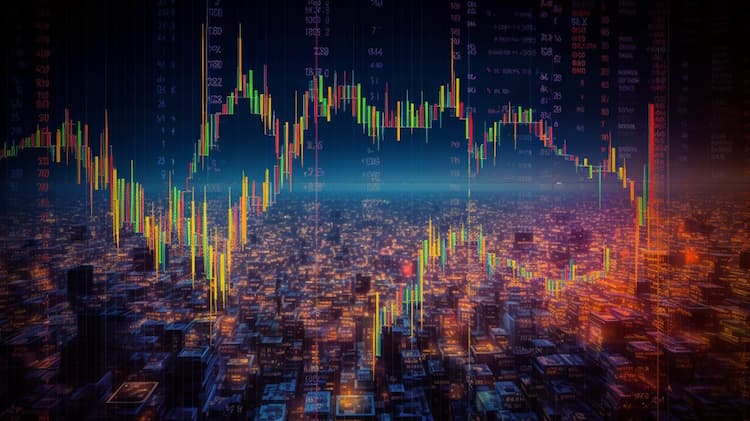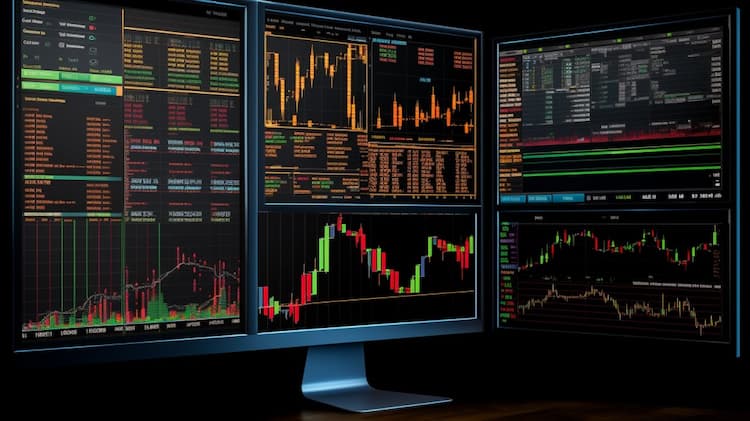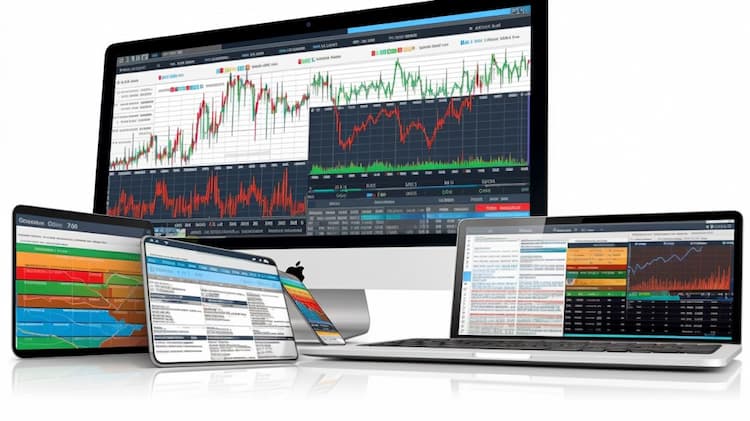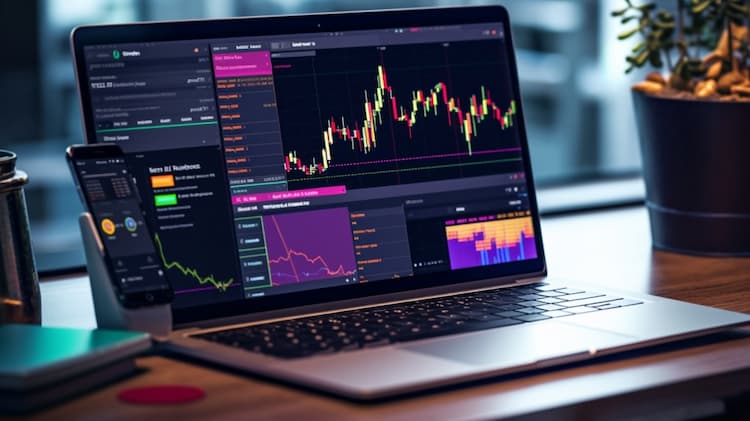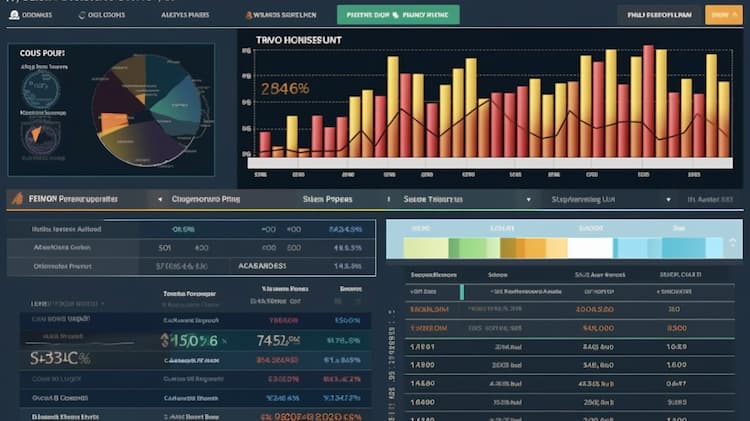
EEM & VEA: Sectors and Top Holdings
Exchange-Traded Funds (ETFs) have brought about a remarkable transformation in the realm of investments, offering diversified exposure to a wide array of sectors and asset classes. In this blog post, we embark on an in-depth exploration of two prominent ETFs: EEM (iShares MSCI Emerging Markets ETF) and VEA (Vanguard FTSE Developed Markets ETF). Throughout the following sections, we'll delve into a comprehensive comparison, addressing various dimensions such as ETF tickers, full names, issuers, sectors, top holdings, capitalization, investment strategy, tracking, and exposure.
EEM & VEA: Overview
EEM and VEA stand as two distinct ETFs that cater to different facets of the global markets. While EEM offers exposure to emerging markets, VEA concentrates on developed markets. The differing geographical scopes of these ETFs result in unique risk-reward profiles, and we will scrutinize these disparities to glean deeper insights.
EEM & VEA: Sectors and Top Holdings
EEM primarily focuses on emerging market sectors, including technology, financials, and consumer goods. Top holdings in EEM often feature companies from countries like China, Taiwan, and India. In contrast, VEA targets sectors within developed markets, spanning industries such as healthcare, finance, and consumer staples. Examining the sectors and top holdings empowers investors to align their choices with their investment objectives and risk appetites.
 EEM overlap EEM VS VEA
EEM overlap EEM VS VEA
EEM & VEA: Capitalization and Investment Strategy
EEM boasts a substantial Asset Under Management (AUM), reflecting its popularity among investors seeking exposure to emerging markets' growth potential. On the other hand, VEA's strategy revolves around capturing the performance of established companies within developed economies. The varying capitalization and investment strategies introduce distinct opportunities and risks that investors need to consider before making informed decisions.
EEM & VEA: Tracking and Exposure
EEM tracks the performance of an index comprising various emerging market stocks. Its objective is to mirror the performance of these markets and provide investors with a diversified way to participate in their growth. VEA, in contrast, tracks a benchmark representing developed markets, aiming to offer exposure to the established economic powerhouses. Understanding the diverse tracking and exposure mechanisms empowers investors to select the ETF that aligns with their geographical and risk preferences.
Conclusion
EEM and VEA are exemplars of specialized ETFs that cater to distinct segments of the global economy. For those looking to dive deeper into understanding the intricate facets of these ETFs, the ultimate tool is ETF Insider. With its user-friendly app, ETF Insider furnishes a treasure trove of information regarding holdings, correlations, overlaps, and various insights related to a plethora of financial instruments.
It is important to note that the content of this article is for informational purposes only and does not constitute investment advisory services. Investors are encouraged to conduct their own thorough research and seek advice from financial professionals before making any investment decisions.
Sources:
ETF Issuer: https://www.blackrock.com/
Official Page for the iShares MSCI Emerging Markets ETF (EEM): https://www.blackrock.com/us/individual/products/239637/ishares-msci-emerging-markets-etf
EEM quote and analysis
Discover the top holdings, correlations, and overlaps of ETFs using our visualization tool.
Our app allows you to build and track your portfolio.
To learn more about the EEM iShares MSCI Emerging Markets ETF, access our dedicated page now.
FAQ
Why is EEM better than VEA?
EEM may be considered better than VEA for some investors due to its specific focus, offering diversification.
Does VEA beat EEM?
VEA's performance relative to EEM will vary over time, depending on market conditions.
Should I invest in EEM or VEA?
The choice between EEM and VEA should align with your investment goals, risk tolerance, and desired exposure.
Are EEM and VEA good investments?
Both EEM and VEA can be suitable investments depending on individual investment strategies, goals, and risk profiles.
What is the correlation between EEM and VEA?
The correlation between EEM and VEA can vary over time, reflecting differences in performance.





